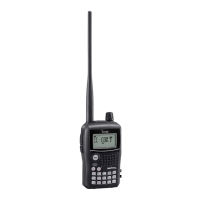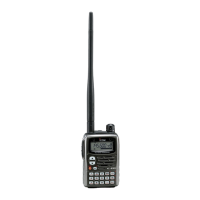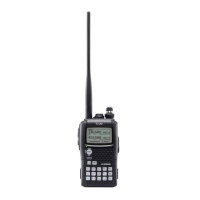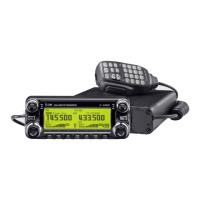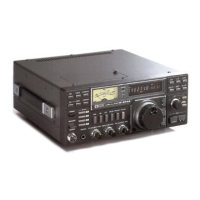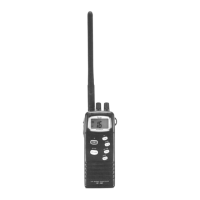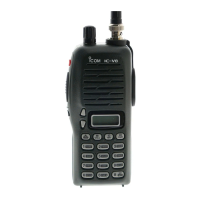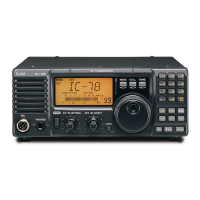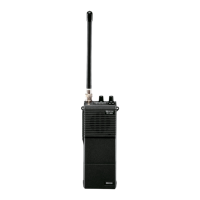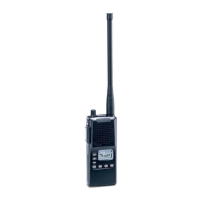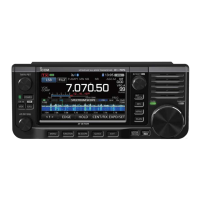Why program scan function cannot start on my Icom IC-E80D?
- SSheila WalkerAug 14, 2025
If the program scan function on your Icom Transceiver won't start, it could be because Memory mode or call channel is selected. Push [V/MHz] to set the VFO mode. Another possibility is that the same frequencies are programmed in both “1A” and “1B” of PROGRAM-CH. Program different frequencies in “1A” and “1B” respectively.
